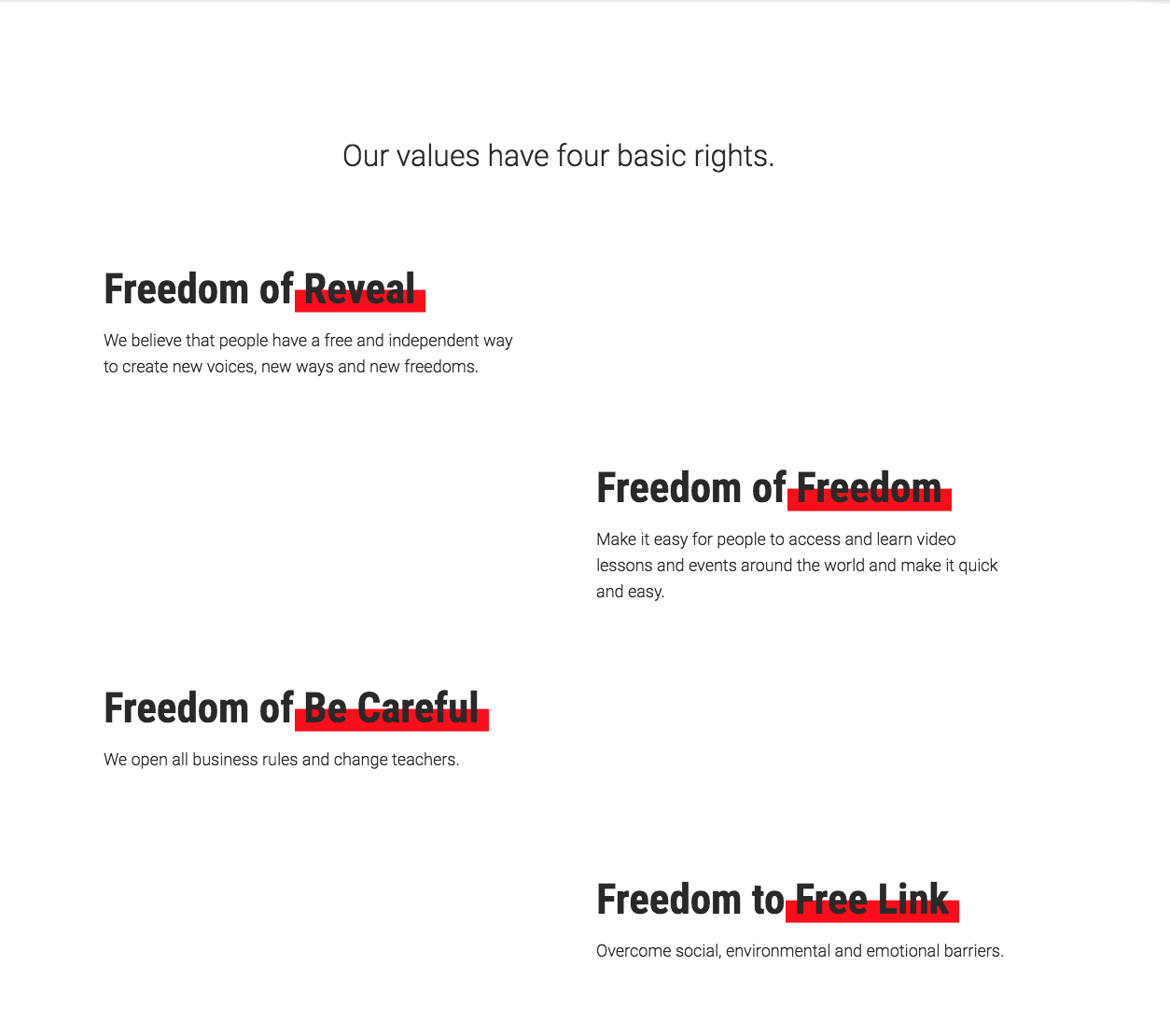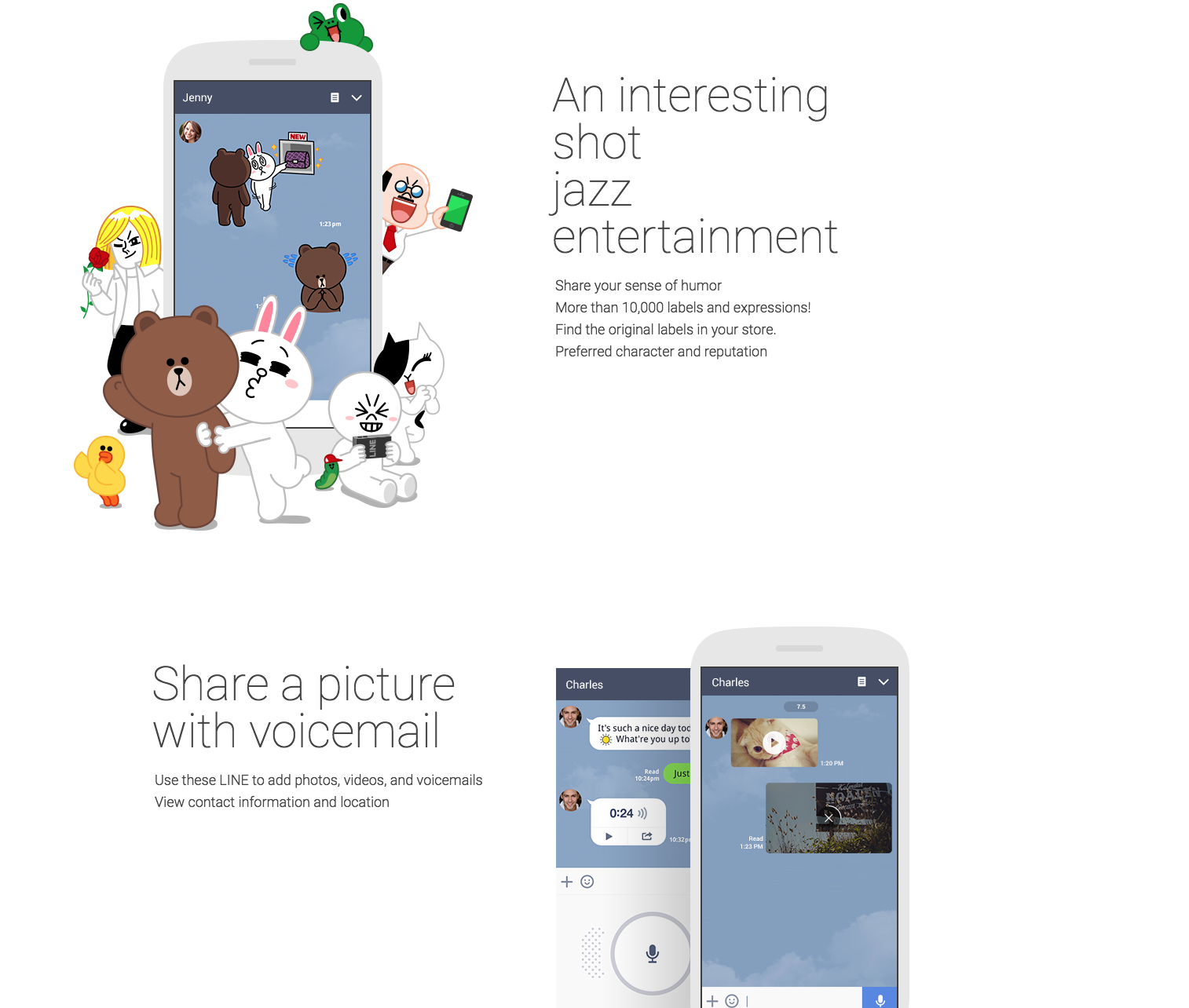Website and language hacking in the age of transnational communities
User Experience. User Interface. Market Entry. Market Segmentation. Such are the hot keywords that swirl around in the tech industry. Recently, the topic of cultural differences in UX/UI has gained a lot of traction. While some designers advocate for designing technology from ground up for different communities, many companies are still under the assumption that they can enter a new market and recreate their success without any changes to the technology, let alone hire a copywriter to translate the words to the market's language.
Current analyses of cultural differences in UX/UI design have mainly centered on typecasting and generalizing the cultural behaviors and values of different countries. Many designers draw from Hofstede's cultural dimensions theory, which highlights six main cultural differentiators: power distance, individualism, masculinity, uncertainty avoidance, long-term orientation, indulgence. Hofstede's methodology has been critiqued for its limited sample size of users, which predominantly featured males in sales and engineering, with few women or minorities represented. Western countries are consistently ranked high in individualism and masculinity in this framework, while non-Western countries are classified as being more collectivist and feminine.
The prevalent discourse in the UX/UI design ecosystem appears to bundle cultural behaviors by nation-state boundaries. Yet with the emergence of geographically unbounded virtual communities across the Internet, is the nation-state level really the best categorization for culturally competent UX/UI design? How have the cultural techniques of translation evolved with the landscape of digital interfaces and interaction design? How can one design for transnational, diasporic users?
Through the frameworks of Transnational Human-Computer Interaction and Cultural Détournement, this project will deconstruct, obstruct, and reconstruct meaning in websites used by transnational communities. It will focus specifically on social networking sites due to their role in enabling transnational communication amongst diasporic communities. Using Google Translate, the written text on the home page or "About" page of a site will be translated across all of the languages that the site supports. The resulting nonsensical text will be added back to the actual website layout through simple HTML hacking with Google Chrome Developer Tools.
“Humans, computers, and interactions are not limited to single countries or cultures, but forming communities across spaces, managing boundary-crossings, and forming hybrid practices.”
Theory: Transnational HCI
While the framework of cultural differences sets up insurmountable binaries (such as West vs. Non-West, English vs. Non-English), Transnational Human-Computer Interaction (HCI) recognizes that the technology usage and activities around digital diaspora are not bounded by a single geography, culture, or border. In "Transnational Imagination and Social Practices: A Transnational Website in a Migrant Community", Castro and González explore the ties between collective notions of belonging and imagination and the sustenance of social practices across national boundaries. They define transnational websites as "websites that have been created by/for ethnic minorities in immigrant-receiving countries," arguing that ICT usage facilitates the social imaginary of a shared belonging for both migrants and non-migrants.
In the context of transnational communities, language plays a crucial role in supporting sentiments of a shared belonging. In "Translation and/as Interface", Mandiberg cites Venuti's argument that "invisible translation renders invisible foreign ways of writing, thinking, and being, thereby shielding Americans from interactions with foreign cultures or people on foreign grounds" (57). Venuti further adds that the act of translation "encourages uncritical consumption of hegemonic values while maintaining current asymmetries in cross-cultural exchange" (qtd. in Mandiberg 57). It's not a stretch to extrapolate from this framework to the act of digital translation. Many companies offer partial or full localization to target specific international markets. Despite the site-specificity of localization, the construction of localized experiences oftentimes translates to having access to only one version of reality, thereby invisibilizing the other, equally constructed realities that foreign users consume.
Theory: Cultural Détournement
I relied on the strategies of cultural détournement to execute the language translations. Cultural détournement centers on the reuse of preexisting artistic elements in a new ensemble, which involves (1) the loss of importance of each autonomous element and (2) the creation of "another meaningful ensemble that confers on each element as its new scope and effect." Jorn argues that “détournement is a game made possible by the capacity of devaluation”; all elements of cultural past must be reinvested or disappear, concluding in the negation of previous values. The final product combines parody and seriousness and “reflects the contradictions of an era in which we find ourselves confronted with both the urgent necessity and the near impossibility of initiating and carrying out a totally innovative collection action—an era in which the most serious ventures are masked in the ambiguous interplay between art and its necessary negation.” For the cultural techniques of language translation, the détournement strategy would involve the devaluation and reinvestment of language. Using Google Translate, I conducted a feedback loop translation process, in which I translated the language on the home page or "About" page through all of the languages that the app or website supported. I then translated the script back to English at the end. Using the Developer's Tool mode on Google Chrome, I edited the HTML code of the website to show the translated text instead. The resulting product maintains the legacy layouts of the websites, yet the language has devolved into parodical nonsense.
Website Détournements
Note: the numbers shown below indicate the website's ranking on the list of the world's biggest social networking sites, as measured by the total number of active daily users
#2 Youtube
#7 Tumblr
#18 Line
Additional Détournements
#3 WhatsApp
MENLO PARK, CA | 1.5B ACTIVE USERS | 57 LANGUAGES
#9 QQ
SHENZHEN, CHINA | 783M ACTIVE USERS | 6 LANGUAGES
#14 Skype
LUXEMBOURG CITY, LUXEMBOURG | 300M ACTIVE USERS | 108 LANGUAGES
#15 LinkedIn
SUNNYVALE, U.S. | 260M ACTIVE USERS | 24 LANGUAGES
#16 Viber
LIMASSOL, CYPRUS | 260M ACTIVE USERS | 4 LANGUAGES
#19 Pinterest
SAN FRANCISCO, U.S. | 200M ACTIVE USERS | 25 LANGUAGES














